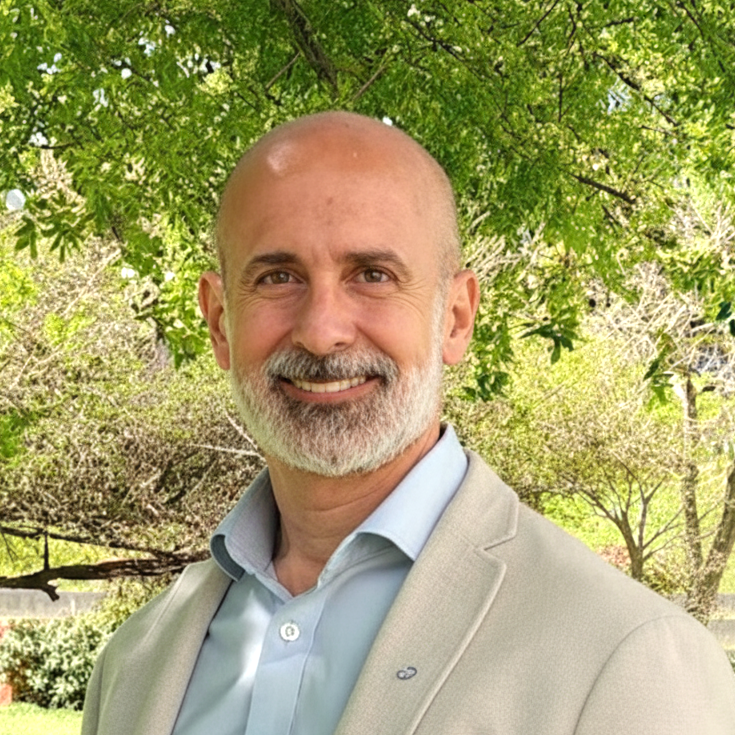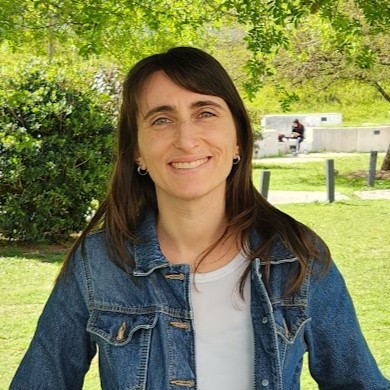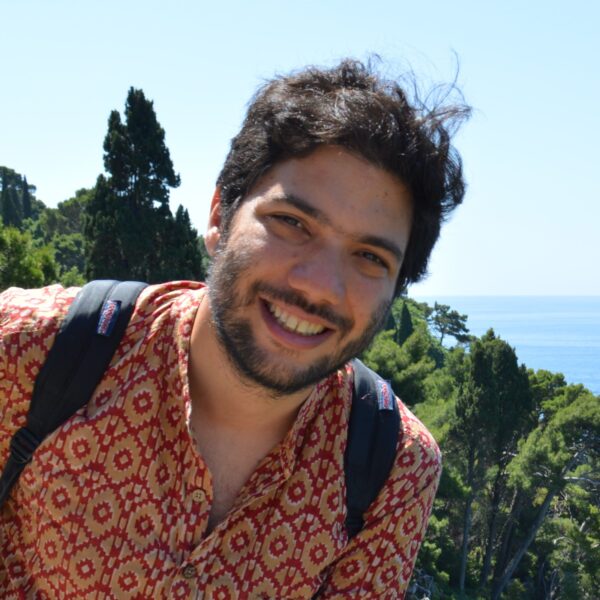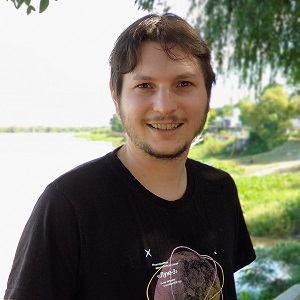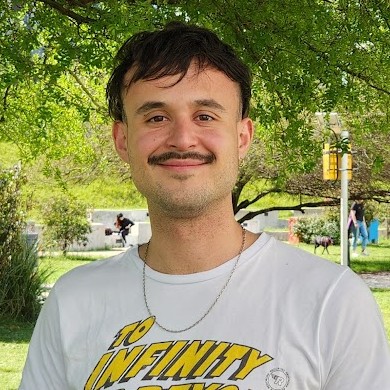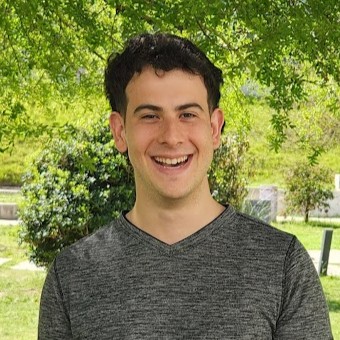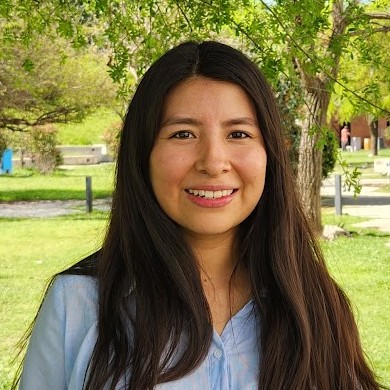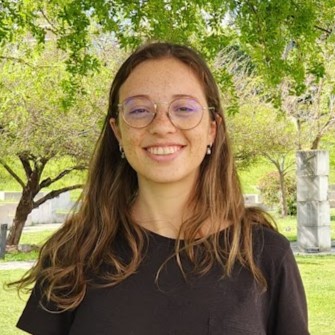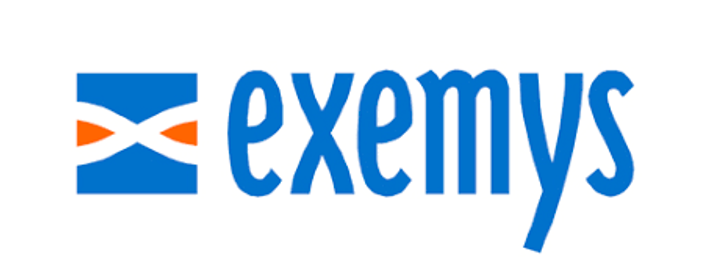Center for Bionanoscience Research (CIBION), National Scientific and Technical Research Council (CONICET)
Physics Department, Faculty of Exact and Natural Sciences, University of Buenos Aires (UBA)
Using optical methods, we explore the properties and technological applications of nanoparticles, single molecules, nanostructured materials, supramolecular assemblies, biological and hybrid nanosystems.
The Applied nanoPhysics Group was launched in October 2009 at the Physics Department, Faculty of Exact and Natural Sciences, of the University of Buenos Aires (UBA)
In 2012 we moved our labs to the Center for Bionanoscience Research (CIBION) of the National Scientific and Technical Research Council (CONICET), while Prof. Stefani still holds his position at the Physics Department of the University of Buenos Aires.
CURRENT RESEARCH ACTIVITIES
Fluorescence nanoscopy.
Super-resolution fluorescence microscopy, also known as fluorescence nanoscopy, has revolutionized biological imaging because they provide deep sub-wavelenght spatial resolution while keeping the low-invasiveness of far-field optical interrogation. We apply and optimize well-established methods like STED and STORM, and develop new ones, such as MINFLUX, and open-source software for fluorescence nanoscopy. With them, we address questions of cellular and neuronal biology.
Optical printing colloidal nanoparticles.
Colloidal chemistry enables the fabrication of nanoparticles of different shapes, sizes and material compositions, that exhibit unique physical and chemical properties, inexistent in bulk materials. In order to make use of those properties in devices and circuits, it is necessary to develope methods to bring the colloidal nanoparticles from the liquid phase to specific locations of solid substrates. We address this challenge using optical forces.
Self-assembled Nanophotonic Devices.
Semiconductor-based devices are approaching intrinsic limits of speed and heat dissipation.
Optical devices are faster and practically loss-less, but their size miniaturization is limited by the wavelength of light. Nanophotonics and Plasmonics deals with the manipulation of light at the nanoscale. We investigate light-matter interaction between single-photon emitters and metallic nanoparticles organized in nanodevices by self-assembly.
LATESTS NEWS
Dr. Lucía Lopez speaks at the Latin American Bioimaging meeting 2022
This year, the meeting of the Latin American Bioimaging network was held in Montevideo. Dr. Lucía Lopez gave an inspiring talk sharing her experience, as a woman imaging scientist in Latin America Dr. Lía Pietrasanta, coordinator of the National System of Microscopy [...]
Assembling single molecules with controlled orientation
An ideal nanofabrication method should allow the organization of nanoparticles and molecules with nanometric positional precision, stoichiometric control and well-defined orientation. The DNA origami technique has evolved into a highly versatile bottom-up nanofabrication methodology that fulfils almost all of these features. It enables the nanometric positioning of molecules and nanoparticles [...]
New laser thanks to the Alexander von Humboldt Foundation!
The Alexander von Humboldt Foundation has granted us an Equipment Subsidy to purchase a new supercontinuum laser that will be used for future pulsed-MINFLUX experiments. Ph. D. candidate Florencia Choque already set it up and running. Thanks so much to the Humboldt Foundation for this great support!
Back to in-person meetings! Day of the Physics Department
We are very happy that the traditional annual get together of the Physics Department is back, and that we can discuss science and education face-to-face with our colleagues and friends! The Day of the Physics Department (Día del DF, DDF) is a great meeting where professors, researchers, graduate [...]
Ultracompact and unidirectional optical nano antennas
By nature, photon emission occurs without directionality. In most situations photon emission is dipolar, and multipolar emission may be obtained under very special conditions. Therefore, imposing directionality requires the mediation of specific devices. Directional optical nano antennas have been demonstrated over a decade ago using the Yagi-Uda concept; i.e. a [...]
First iCANX talk by a latin american scientist: Prof. Oscar Martinez. Prof. Stefani accompanies as panelist.
The iCANX talks is a wonderful initiative by Prof. Haixia (Alice) Zhang from Pekin University. Every Friday a new talk by top scientists from around the world. You can check them out here https://ican-x.com/talks This friday, it was the turn of Oscar Martinez, former Professor of the Physics Department, currently [...]
Happy birthday Prof. Jochen Feldmann!
Prof. Jochen Feldmann has been a great scientist and mentor for many younger researchers. On the occasion of his 60th birthday, several of his mentorees and collaborators have contributed to a special issue of Advances Optical Materials in his honor. Happy birthday Jochen!!! Advanced Optical Materiales - Special [...]
Visit to our collaborator Prof. Guillermo Acuna
During two weeks of June, Prof. Stefani visited our close collaborator Prof. Guillermo Acuna at the University of Fribourg, Switzerland, where several former members of our group are currently working, like Dr. Mariano Barella and Ph.D. candidate Germán Chiarelli. Prof. Stefani gave lectures on the recent advances of our [...]
COLLABORATORS
STEFAN HELL
Max-Planck-Institute for Biophysical Chemistry (Göttingen, Germany)
THOMAS JOVIN
Max-Planck-Institute for Biophysical Chemistry (Göttingen, Germany)
ALFREDO CÁCERES
Instituto Universitario de Ciencias Biomédidas de Córdoba (Córdoba, Argentina)
PHILIP TINNEFELD
Ludwig-Maximilians-University Munich (Germany)
GUILLERMO ACUNA
University of Fribourg (Switzerland)
ANDRÉS ZELCER
Centro de Investigaciones en Bionanociencias (Buenos Aires, Argentina)
ANDREA BRAGAS
University of Buenos Aires (Argentina)
DARÍO KRAPF
Instituto de Biología Molecular y Celular de Rosario (IBR – Santa Fe, Argentina)
SABRINA SIMONCELLI
University College London (UK)
DAMIAN REFOJO
Biomedicine Research Institute of Buenos Aires (Argentina)
RODRIGO PALACIOS
Universidad Nacional de Río Cuarto (Córdoba, Argentina)
OSCAR CAMPETELLA
Universidad Nacional de General San Martín (Buenos Aires, Argentina)









